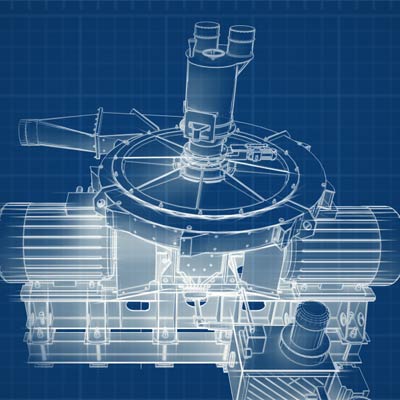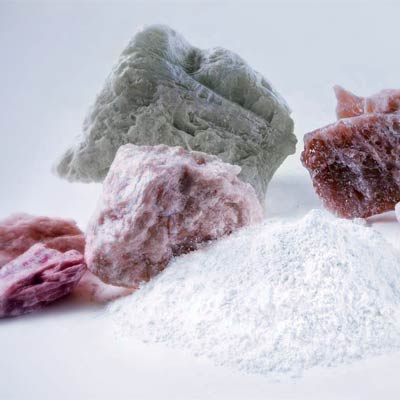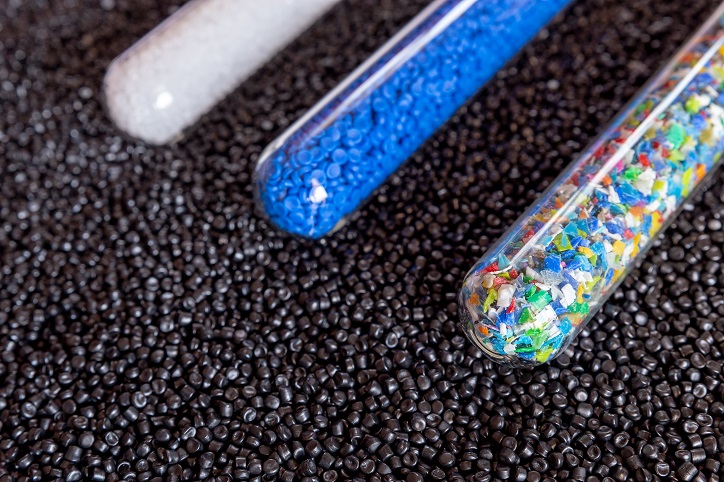Using talc in compounds involves a range of advantages making it a popular filler or additive for industrial products:
Improved mechanical properties: talc enables substantial improvement in compound’s durability, shock resistance, elasticity modulus and deformational stability.
Reduced molding shrinkage and deformations: talc enables reducing compound’s shrinkage and deformations to secure more accurate product sizes and shapes.
Improved thermal resistance: talc makes compounds less sensitive to high temperatures and thermal impacts.
Improved heat resistance: talc increases compound’s heat resistance making it more tolerant to high temperatures and fire.
Improved chemical resistance: talc increases compound’s chemical resistance thus reducing the risk of destruction when contacting with aggressive chemical environments.
Increased rigidity: talc raises compound’s rigidity, which is particularly valuable for products that require a more rigid material.
Reduced weight: adding talc allows decreasing compound’s overall weight, which is essential for automotive and consumer goods industry.
It’s important to carefully consider and optimize adding talc to compounds given the specific application requirements, and to select proper size parameters of talc and other components in order to achieve the desired properties and quality of the final product.






